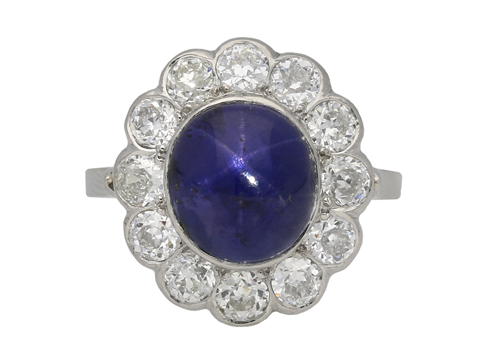Gem & Pearl Lab – Gemstones & Terminology
Gemstones are defined by their beauty, rarity and durability. Gem-set jewellery may contain natural gemstones or artificial stones. Natural gemstones are fashioned from minerals and rocks mined around the world.
The cutting and polishing of natural gemstones may be accompanied by certain widespread treatments, which you should be made aware of at the time of purchase. For instance, without the clarity enhancement of emerald or the heat treatment of ruby there would not be enough gem-quality material available in the market to fill shop windows and counters around the country.
However there are a number of treatments, which should result in the gemstone being specifically disclosed to you as a treated gemstone, because it is considered that it would be particularly unfair for you to assume that they are the same as the untreated natural gemstone or even the widespread commonly-treated gemstone.
The original concept behind treatments was to satisfy the demands for particular gemstones by enhancing or altering the appearance of a greater volume of available rough material to be marketed alongside the rare untreated gem material.
A similar argument can be presented for the use of artificial stones in jewellery. The consumer wished to have the beauty and durability of gemstones in jewellery but at much lower price points. In describing artificial stones two terms are used: synthetic and imitation. An imitation stone is any material that can be fashioned to look like the natural gemstone it is imitating. For example green artificial glass can be described as an imitation emerald.
Historically jewellery manufacturers turned to using composite stones, since they provided enhanced durability over the relatively soft artificial glasses. So, a composite consisting of a sliver of garnet on top of green artificial glass, or a green gelatine layer between two halves of colourless quartz, can now be encountered as imitation emeralds.
A synthetic stone as well as looking like a natural gemstone has, in contrast to an imitation stone, the same chemical and physical structure as its natural counterpart. It is common to see the terms man-made or laboratory-created being used instead of synthetic. In using the terms ruby, sapphire, and emerald on their own it should be taken that one is referring to a natural gemstone. The man-made counterpart must be described as a synthetic ruby, etc.

